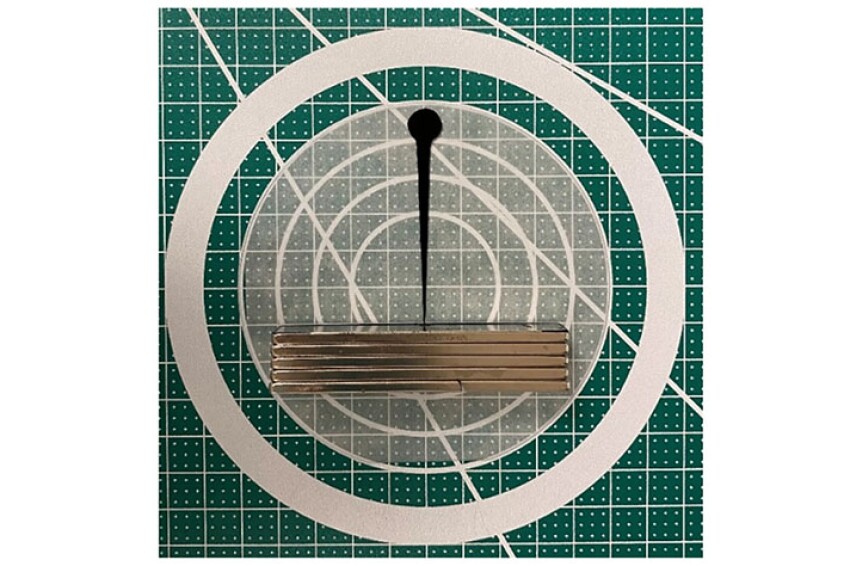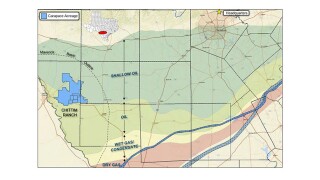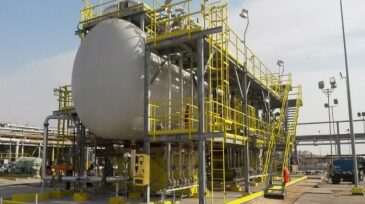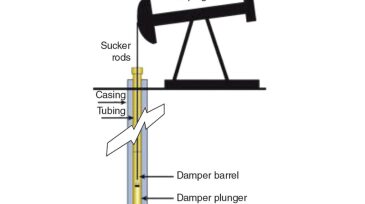Enhanced recovery
The objective of this microfluidic investigation is to identify and test two novel applications for magnetic fluids in porous media for subsurface oilfield applications.
This paper explains that the discovery of specific pressure trends, combined with an unconventional approach for analyzing gas compositional data, enables the detection and prediction of paraffin deposition at pad level and in the gathering system.
This paper describes a study to design and implement an enhanced oil recovery project via a huff ’n’ puff using Y-grade injectant.
-
This paper presents technologies and best practices to improve oil recovery in mature fields through waterflooding optimization. These technologies have proved practical and cost-effective.
-
This paper presents the implementation of an approach for improving oil recovery by water-injection optimization using injection-control devices (ICDs) in unconventional reservoirs.
-
The Eagle Ford formation has produced approximately 2 billion bbl of oil during the last 7 years, yet its potential may be even greater. Using improved oil-recovery (IOR) methods could result in billions of additional barrels of production.
-
This paper evaluates the incremental benefit of water injection in a conventional gas reservoir when compared with gas compression.
-
This paper evaluates the ability of different groups of surfactants to improve oil recovery in unconventional liquid reservoirs (ULRs) by experimentally simulating the fracture treatment to represent surfactant imbibition in a ULR core fracture during a soaking flowback.
-
Researchers from Chevron are looking into a new approach to understand the drivers of polymer hydration. How might this affect the design of mixing systems in the field, and could it affect offshore EOR applications?
-
A pilot project demonstrates that facilities design plays an important role in providing sources of CO2 for the gas-handling process for injection into a carbonate formation as a tertiary recovery mechanism.
-
A demonstration project of carbon capture, utilization, and storage through enhanced oil recovery was conducted in Saudi Arabia. Surface facilities for such projects are expensive to build and involve tradeoffs in options based on economics for a given set of conditions.
-
The paper discusses the main factors affecting CO2 corrosion, provides an assessment of what to look for in major equipment, and details recommended material of construction and corrosion mitigation/control methods.
-
Seismic stimulation, achievable with the implementation of a single tool, requires significantly lower investments than gas, thermal, and chemical injection methods, with minimal environmental impact.













